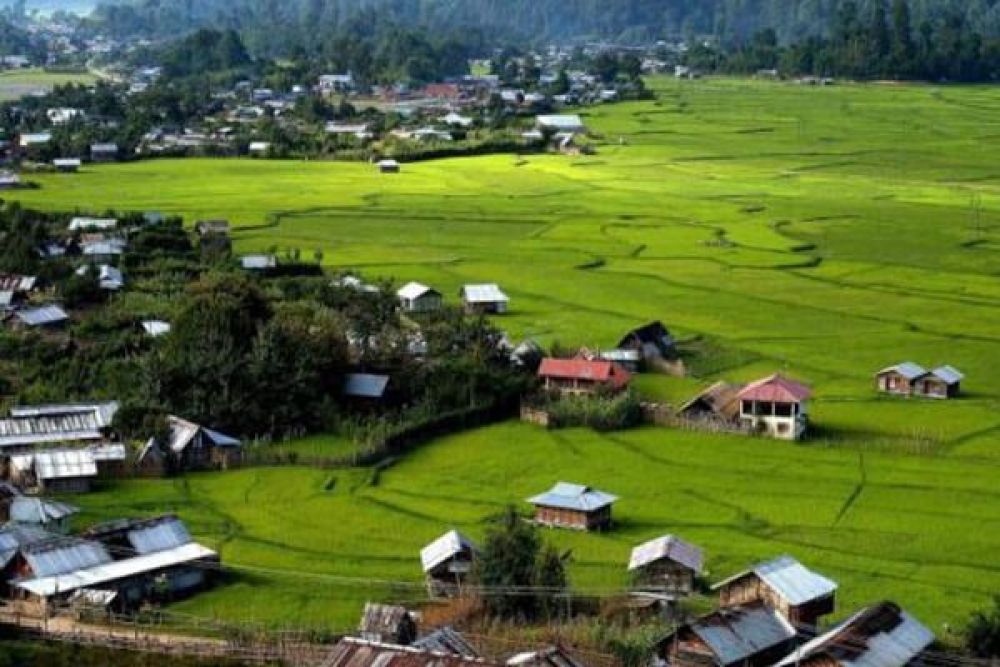

Nestled in the serene landscapes of Arunachal Pradesh, Ziro has long been a paradise for those seeking tranquillity and a connection with nature. The history of tourism in Ziro can be traced back several decades when intrepid travelers began exploring the Northeastern part of India. Despite its remote location, Ziro slowly gained recognition for its captivating natural beauty, rich cultural heritage, and the distinct lifestyle of the native Apatani tribe.
Ziro was traditionally less known to the outside world due to its remoteness and the restricted access, requiring special permits for non-locals to enter. As development progressed, roads improved, and regulations eased, more tourists started venturing into this mystical land. The establishment of the Ziro Festival of Music, an outdoor music festival held annually, has significantly contributed to the increase in tourism, showcasing the region's unique mix of culture along with national and international music talents.
Kile Pakho is one of Ziro's renowned vantage points, offering mesmerizing panoramic views of Ziro Valley and its lush surroundings. The name 'Kile Pakho' translates to 'hilltop' where 'Kile' means 'hill' and 'Pakho' means 'side.' It is situated around 7 kilometers from Old Ziro and is a favorite spot for both tourists and locals alike. The ridge, accessible after a short trek, is a place where one can witness the splendor of Ziro - the paddy fields, the meandering rivers, and the rugged mountainous backdrop.
Visiting Kile Pakho is mostly favored during the early morning hours or late afternoons when the sun graces the valley with hues of golden light. Photographers and nature enthusiasts find Kile Pakho to be a dream spot for capturing the essence of Ziro's magical landscape. The brief hike to the top is equally rewarding with the rare opportunity to encounter various species of flora and fauna unique to this region.
With the increasing popularity of sustainable and eco-friendly tourism, Ziro has seen a new trend in the form of community-led homestays and organic farming experiences. These homestays provide visitors with an authentic glimpse into the Apatani way of life, while also contributing to the local economy. Additionally, the emphasis is on preserving the natural environment and the traditional practices of the Apatani tribe. With initiatives like zero plastic drives and cultural exchange programs, Ziro is setting an example of how tourism can benefit both visitors and residents without compromising the ecological and cultural integrity of the destination.
To reach Kile Pakho, visitors usually make their base in Ziro, which is well-connected by road to major towns such as Itanagar and North Lakhimpur. The nearest airport is located in Jorhat, Assam, which is about a 6-hour drive from Ziro. However, the majority of travelers opt for the more accessible North Lakhimpur route due to better road conditions and availability of transport. Once in Ziro, local taxis or hired vehicles can be used to traverse the short distance to the start of the trail leading up to Kile Pakho. Given its remote location, it's advisable to plan the visit with a local guide or tour operator who is familiar with the terrain and culture of the area.